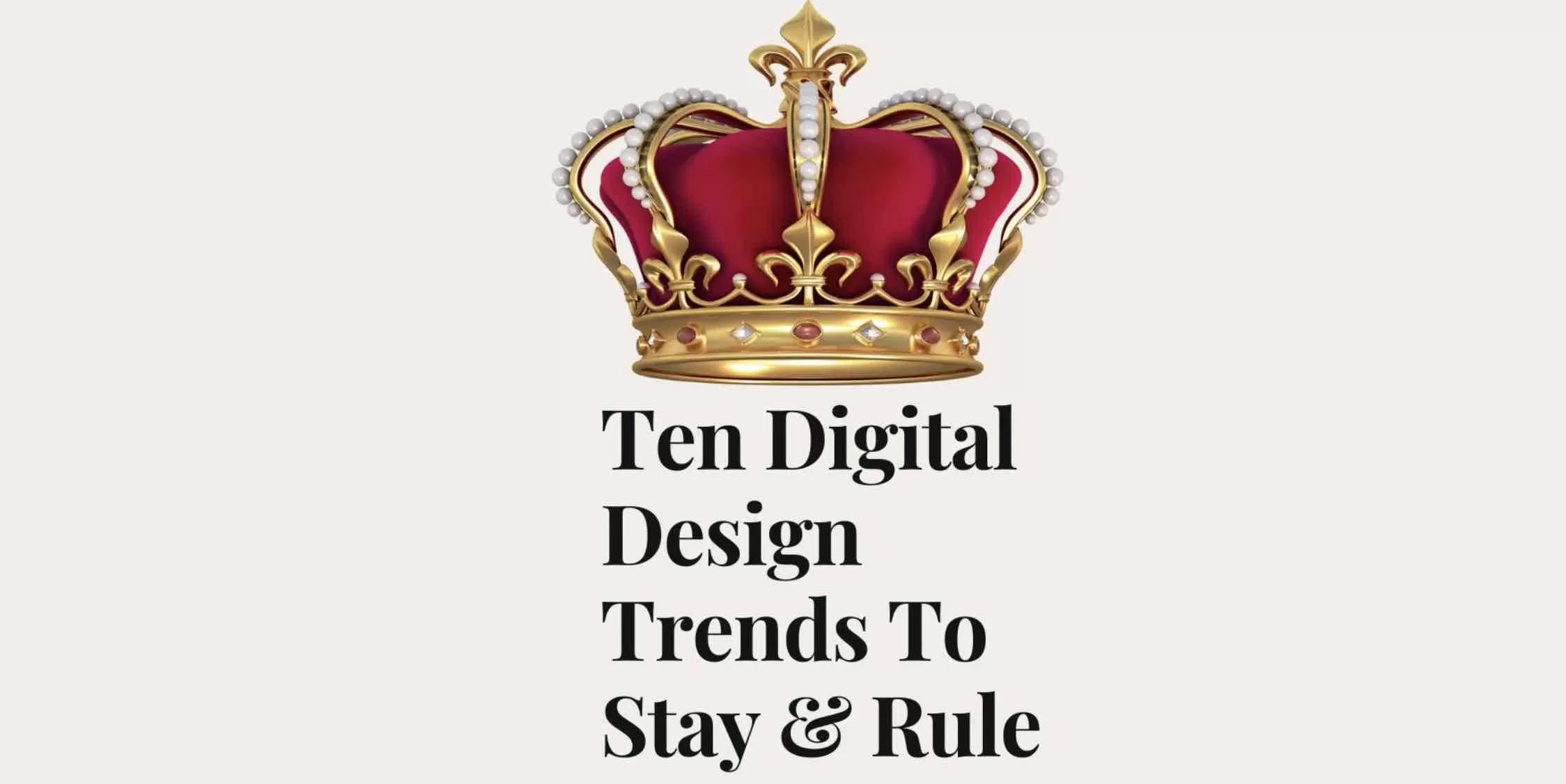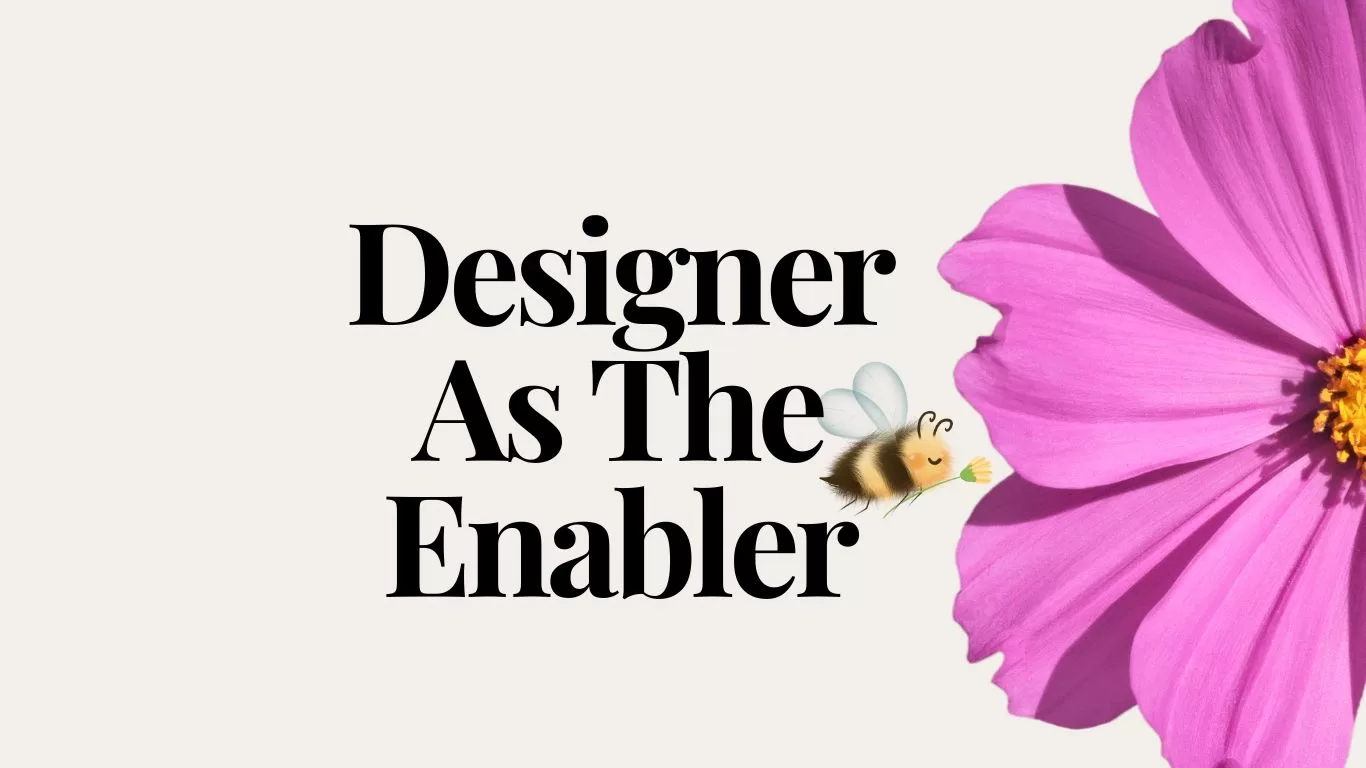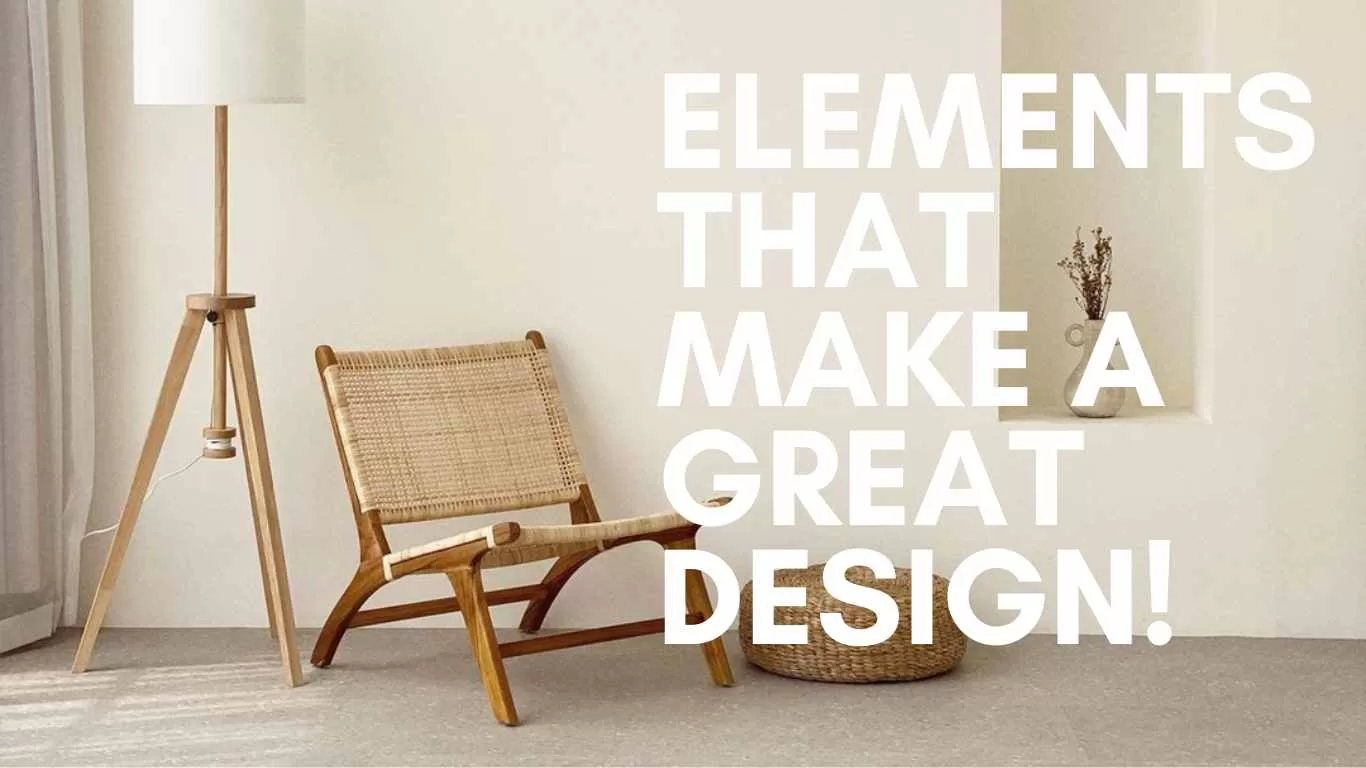Design and User Experience (UX) are intrinsically linked disciplines that emphasise the importance of creating products, services, and systems that are intuitive, accessible, and enjoyable for users.
design
The initial visual appeal and usability are critical, forming lasting first impressions that influence user engagement. Inclusivity in design ensures products are accessible to a broad range of abilities, while consistency across a product enhances usability and strengthens brand identity.
user Experience
At the heart of these fields is a user-centered approach that aims to establish an emotional connection, enhance user satisfaction, and foster loyalty through problem-solving and simplified interactions.
Gathering user feedback for continuous adaptation, ensuring intuitive navigation, and maintaining simplicity are all pivotal in streamlining tasks and improving efficiency.
The emphasis on content, adherence to a visual hierarchy, and responsiveness to various screen sizes highlight the importance of adaptability in design. Utilizing psychological principles, fostering innovation, and personalizing experiences further enhance user engagement.
Through usability testing, collaboration across disciplines, and a focus on sustainable design practices, design and UX cater to immediate user needs and consider long-term environmental impacts. Effective design and UX are significant drivers of business success, leading to higher customer satisfaction and increased usage.


























